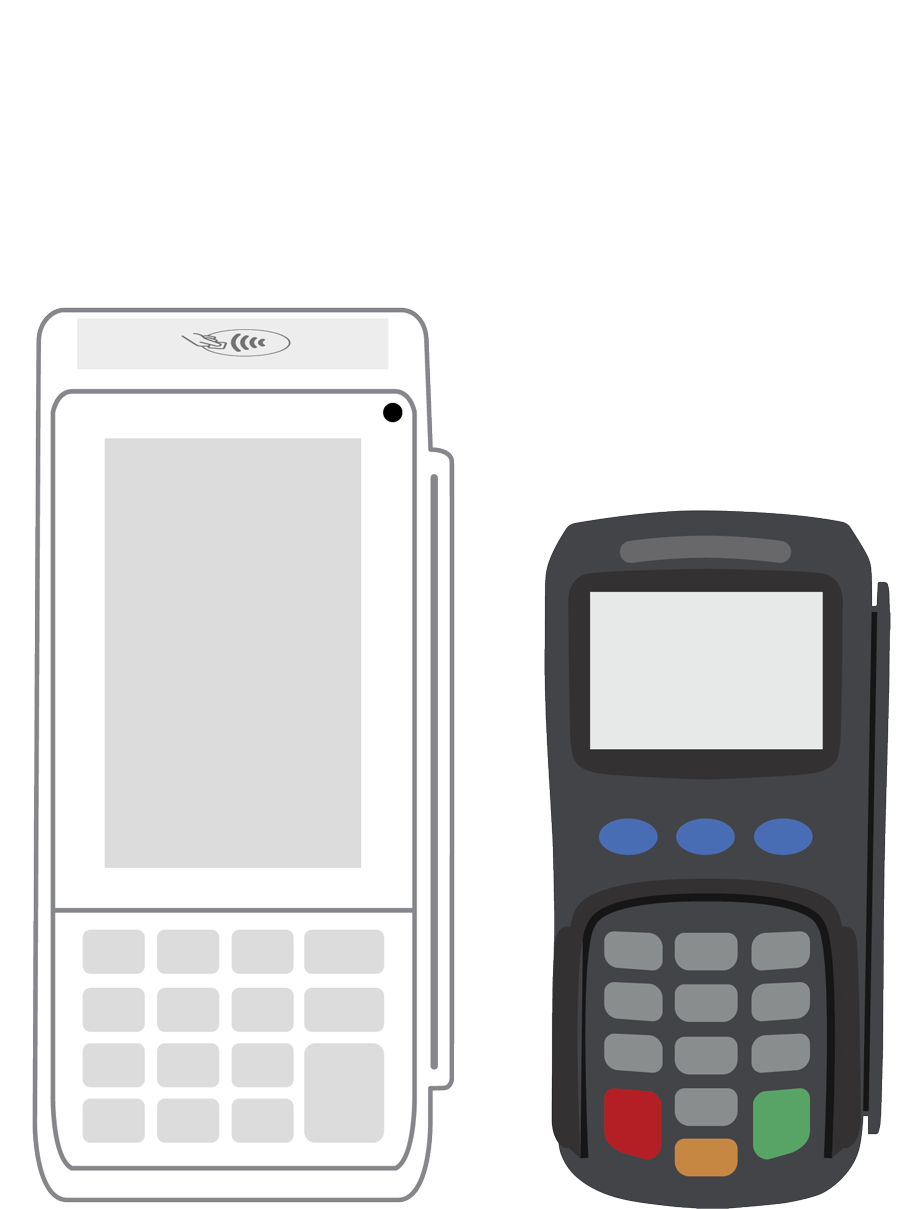8 techniques to target millennials [2020 marketing guide].

Millennials are growing up and making an impact across the business world, including in the area of marketing. To reach this unique generation, you need to do more than offer a credit card payment app or have a page on Facebook; you need to get inside their heads and deliver the kind of advertising with which they’re willing to engage.
The “why” of millennial marketing.
Born between 1981 and 1996, millennials make up nearly one-quarter of the U.S. population and are expected to spend as much as $1.4 trillion, or 30% of retail sales, by the end of 2020. However, because this generation tends to be discerning about discretionary spending, it can be a little harder to attract their attention and gain loyalty using traditional advertising methods. Millennials took longer than previous generations to come into their own as adults and make about 20% less than their parents did at the same age. Student loan debt, higher housing costs, and a higher cost of living limits disposable income. As a result, many millennials are focused on saving whatever money doesn’t have to be spent on essentials.
While this may suggest there’s little point in marketing to the millennial generation, it’s important to look at the big picture. The oldest millennials are approaching age 40 and are actively engaged in building careers, running businesses, and raising families. If you attract this group now, you could have a solid and reliable customer base for many years to come. Millennials may be less likely than previous generations to make purchases based on brand loyalty alone, but by leveraging the aspects of marketing with the most influential power, you can start to build lasting relationships with them.
This year, get ready to show millennials what your brand has to offer by adding these eight techniques to your 2020 marketing strategy!
Build a strong, authentic brand.
Millennials are sick of fake, overdone, in-your-face advertising. Eighty-four percent admit to outright disliking regular ads; they prefer to interact with brands displaying authentic personality and pursuing meaningful visions.
What does this look like in practice? It starts with an understanding of the way millennials think and how this affects their purchasing decisions. Twenty-three percent prefer to do research before buying anything, and 68.9% spend time reading reviews on their phones to guide them to the right products and services. They’re on the lookout for engaging, thought-provoking marketing messages from businesses with foundational identities influencing every aspect of the overall brand experience. You need to highlight your values and keep your messages consistent across marketing channels to foster connections and begin building strong mutual relationships.
Don’t forget your data.
Sales, impressions, browsing habits, and purchasing preferences can tell you a lot about how millennials interact with your brand. If you use customer relationship management (CRM) software, you can track these metrics in real-time and make strategic adjustments to your marketing campaigns in response to trends.
One key to reaching any audience, including millennials, is to place ads in the channels where they’re active. CRM data reveals the types of devices used to access your website, the locations of the majority of visitors, which social media platforms generate the highest levels of engagement and other metrics critical to the success of your millennial marketing efforts. By crafting and deploying messages based on what your audience actually does and wants, you can demonstrate how your brand fits into their lifestyles.
Put ads in context.
Contextual advertising leverages customer information to improve relevance. Ads placed in context are more likely to draw attention than generic marketing messages because they fit seamlessly into the experience of content millennials are already consuming. Ads can be placed across a range of content types, including websites, search engines, videos, mobile apps, and even games.
To ensure your ads appear where they’ll generate the most leads, perform detailed keyword research and planning prior to launching your campaigns. Create sets of keywords to target specific segments of your millennial audience, and include remarketing as an ad placement option. Using this combination makes it possible to reach first-time customers and reconnect with those who have previously shown interest in your brand.
Bump up your mobile strategy.
According to Pew Research, 93% of millennials own smartphones, while nineteen percent are “smartphone-only internet users,” meaning they have no home broadband connection and instead rely on cellular data. Of those who do use computers, 40% have ad blockers enabled, which prevents them from seeing the majority of your desktop ads. Mobile ad blocking isn’t as common, so switching to mobile marketing has the potential to increase visibility by getting your brand in front of the 25% of millennials who spend five or more hours per day using their phones.
Mobile payments are also popular among millennials. Offering a credit card payments app simplifies the shopping experience and provides opportunities for additional marketing strategies, such as loyalty programs or gamification. To attract millennial consumers who prefer to use mobile wallets, consider getting a credit card swiper for your phone or tablet with built-in near-field communication (NFC) technology. The swiper can be used as part of a simple in-store point-of-sale (POS) setup or to accept payments at offsite events.
Strengthen your social media presence.
Millennials may have an aversion to advertising, but they love social media. 86% of those who use social platforms spend 75% of their social media time on Facebook, and 85% regularly watch videos on YouTube. Not surprisingly, Facebook ads have the greatest influence on the millennial generation, with Instagram coming in second and YouTube ranking third. It seems millennials are less annoyed by ads appearing on social channels, perhaps because of the relevance of such ads.
Although 63% of millennials say social media is the “most effective” place to advertise, your strategy needs to go beyond straight marketing. Social platforms provide prime opportunities to build brand authenticity and connect with your audience. Being active, responsive, and engaged is the key to a successful social media presence.
Connect with a cause.
The idea of “socially conscious” brands has taken hold, and millennials are one of the driving forces behind the movement. Seventy-five percent don’t just want brands to give back in some way; they expect it. It’s a mindset indicative of a generation fed up with pointless consumerism and searching for brands with a focus on something more than their bottom line.
Supporting a cause isn’t only a strategy for attracting millennials, though. It’s a chance to make a positive impact in your community or around the world. Pick a cause or charity with values in line with what your brand stands for, and start contributing through campaigns like “buy-one-give-one” item donations or by donating a portion of the proceeds from the sales of specific products.
Embrace experiential marketing.
By nature, millennials aren’t impulse shoppers. They prefer to take their time either browsing and researching potential online purchases or wandering stores while hanging out with friends. For this generation, experience is more important than acquisition. In fact, 78% say they would rather spend money on a “desirable experience” than on items they want. Experiences engage millennials and bring them back to your brand when they’re looking for something fresh and exciting.
How can you turn your brand into an experience? Host events at your store or in the community to showcase your brand in real-life settings. Demonstrate how your products or services help, influence, or change the people who do business with you. Adding a social element and encouraging millennials to share the experience with their friends spreads your brand message across online channels. Don’t forget to bring a card swiper for your phone so you’re ready to make sales at every event.
Be a good listener.
None of these marketing strategies will work unless you commit to listening to your audience. Pay attention to questions, comments, concerns, and praises while keeping your finger on the pulse of trends in all relevant areas of interest. Use what you discover to align your campaigns and business strategies to what your audience is telling you they want.
If you’re having trouble gathering feedback, just ask! Millennials are happy to let businesses know what they’re doing right and what needs improvement. Data from your CRM can provide further details to help hone your marketing tactics in 2020.
As millennials shift from an up-and-coming group of young consumers to full-blown adults, they’re exerting more influence on the way businesses convey marketing messages. If you want to reach out to this generation in 2020, it’s time to update your strategy. Consider the millennial mindset, attitude, and life stage as you plan your campaigns, and be willing to be agile in your approach. Flexibility is key when marketing to an innovative and discerning generation. Keep an eye on engagement and analytics as the year progresses so you can adjust your messages to appeal to the unique preferences of your millennial audience.
More from Business tips
 3-in-1 Reader |  Terminal |  Keypad |  PINPad Pro |  Flex |  POS+ | |
|---|---|---|---|---|---|---|
Payment types | ||||||
EMV chip card payments (dip) | ||||||
Contactless payments (tap) | ||||||
Magstripe payments (swipe) | ||||||
PIN debit + EBT | ||||||
Device features | ||||||
Built-in barcode scanner | ||||||
Built-in receipt printer | ||||||
Customer-facing second screen | ||||||
External pinpad | ||||||
Wireless use | ||||||
Network | ||||||
Ethernet connectivity | With dock | |||||
Wifi connectivity | ||||||
4G connectivity | ||||||
Pricing | ||||||
Free Placement | ||||||